News
What Is Capped Decking and Do We Need It?
Everyone loves a timber deck. It can transform the ugliest concrete courtyard into a place of beauty. One of the big downsides to a natural timber deck is it requires a lifetime of maintenance if you want to keep it looking good. This is the main reason why more and more people start composite timber to build their decks. But, not all composite materials are same.
Some of these composites (the first generation) are uncapped, some are semi-capped, and some, like NewTechWood Australia, are fully capped around all four sides. But, first to explaining what is capped decking and why it has more benefits to uncapped composite decking and timber as well?
What is capped decking?
For NewTechWood’s fully capped composite decking, they use a patented technology, made from a special engineering grade polymer (Dupont Surlyn).
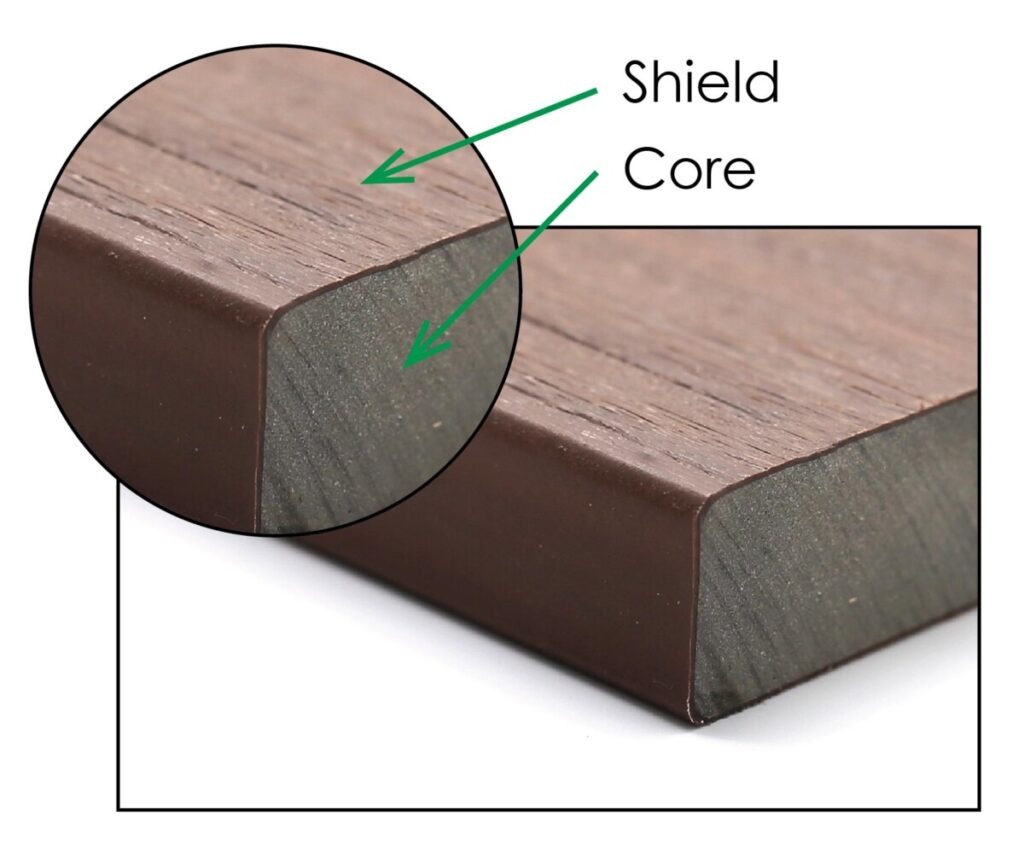
This protective shield and the core of the deck are extruded together under a very high temperature simultaneously, creating an impermeable protective barrier against moisture, ultra-violet (UV), insects and bacteria.
There are also no dangerous adhesives or chemicals involved that are harmful to the environment. Ultrashield technology also means there is never any need to oil, paint or seal.
Fully capped decking boards provide maximum protection
Deck boards that are “capped” provide maximum protection against nasties like stains from wine, coffee, soy sauce, oils, etc. Messes and accidental spills can be easily wiped off the protective capping, whereas a natural timber board will have soaked it up and left a stain by the time you return with a cloth to wipe it up.
This is also what protects the boards from mould and mildew. Likewise, this protective capping prevents the boards from splitting, cracking or cupping.
As for colour fade, the unique formulation of the capping ensures its colour stays much longer compared to conventional composite decking and unprotected timbers.
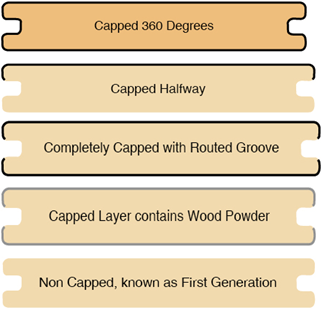
It doesn’t end there, however, because when it comes to capping, not all capped boards are created equal. NewTechWood is one of the best capped composite decking brands and one of just a few that caps its boards 360 degrees—all 4 sides, including the grooves. Some brands only cap the top, or the top and bottom, and the cheapest don’t cap at all.
So, if you really want a deck with longevity and true low maintenance, it’s clear that fully capped composite timber is the way to go.
For more information on our range of composite decking, explore our online range, or contact your nearest stockist.
Why is composite capped decking better than timer decking?
The worst enemies of timber decking apart from termites are moisture and water, mildew and mould stain-producing products like red wine and grease, UV and our glorious sun itself. Why?
Moisture/Water
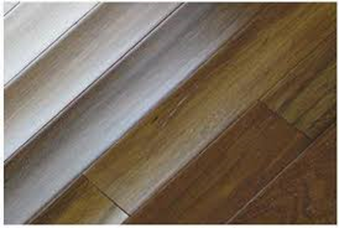
A little water hurt nobody, but after a time it will take a toll on an exposed deck and can produce mould and mildew problems. Good luck trying to get rid of a mould problem once it’s taken hold.
Furthermore, moisture causes swelling which can then cause warping, cupping and splitting of the deck boards. The only cure for this damage is replacement.
Discolouration and Stains
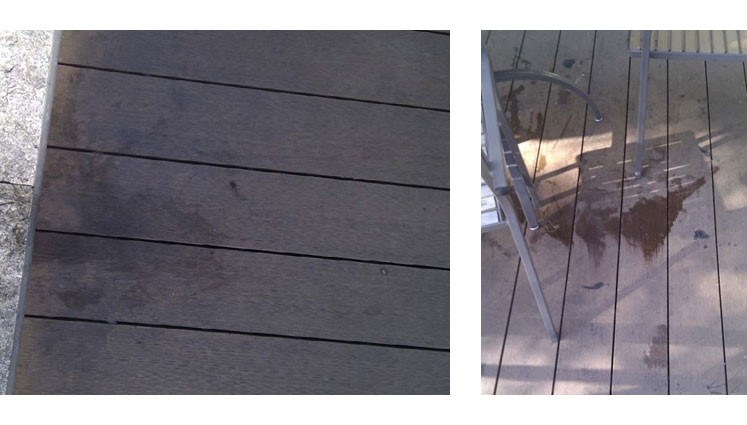
Whether you paint or oil your timber deck, you will be doing this regularly throughout its lifetime to both protect it and keep it attractive. Timber is thirsty and will suck up whatever you spill on it… hence stains like red wine and grease become permanent memories unless you pay to have it re-sanded and re-sealed. Also, how much of the stain can be removed depends on how deep the stain has seeped into the wood.
UV and Fading
The Australian sun has a powerful drying and fading effect on everything it touches, timber decks included, especially in heavy wear areas where any protective sealant has long since worn away. Dried out timbers splinter and split and nails have a nasty habit of popping up.
Wear and Tear
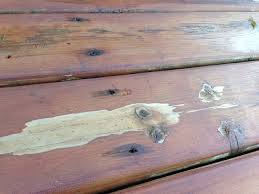
Everything is prone to some degree of wear and tear, but especially something that is covered with sealant, stain, or paint and exposed to constant friction, like footsteps.
Unless you intend to float over your deck, you are going to wear down whatever you have sealed it with, exposing the natural timber beneath to all the nasties seeking to destroy it. And it doesn’t look very nice either.
Termite Damage
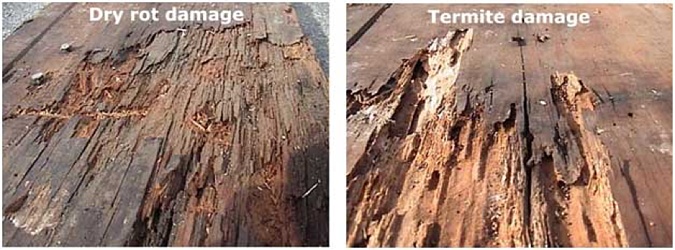
Fortunately, experienced deck installers use termite-treated timbers for decking. Unfortunately, this special treatment is lost over time due to exposure to the elements. How quickly this happens depends on how much moisture the timber is exposed to and whether it is in touch with the ground or not.
So even with treated timbers, you will be required to call in the pest controllers for termite treatment for the life-time of your natural timber deck.
Ready for some good news now?
Composite deck manufacturers, who started out trying to save the environment and forests – and do a marvellous job at that – started to realise there were other benefits they could offer, that natural timber could not.
Now, not all composite timber brands are equal; some are better than others. You should do your homework. Look for brands, such as NewTechWood who offer a 25 year warranty against UV fading, staining, rotting, splintering and delamination, and damage from termite and fungal decay.
How can they do this, you ask? By CAPPING their boards.